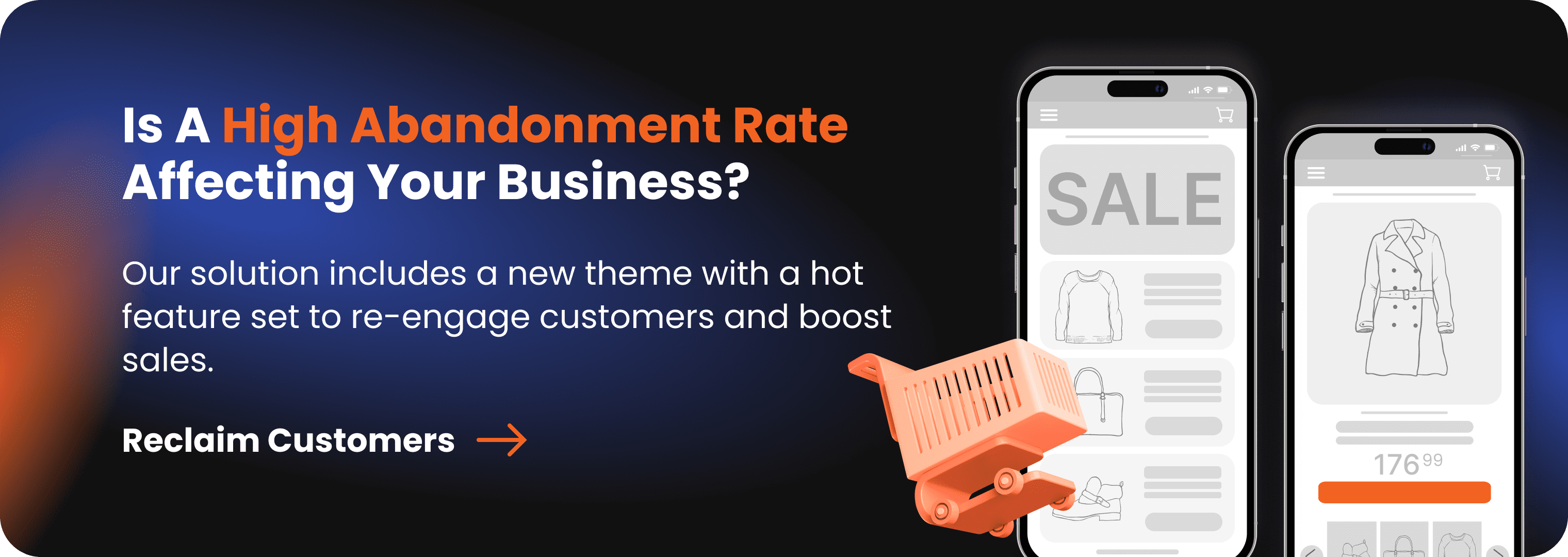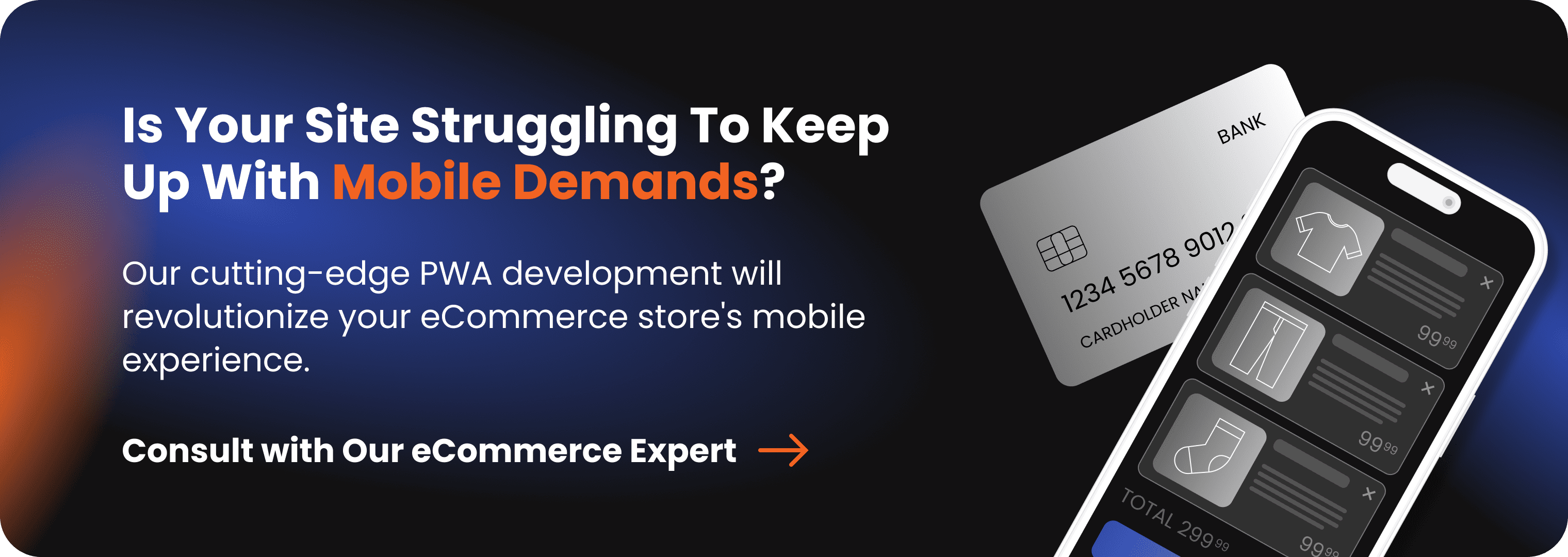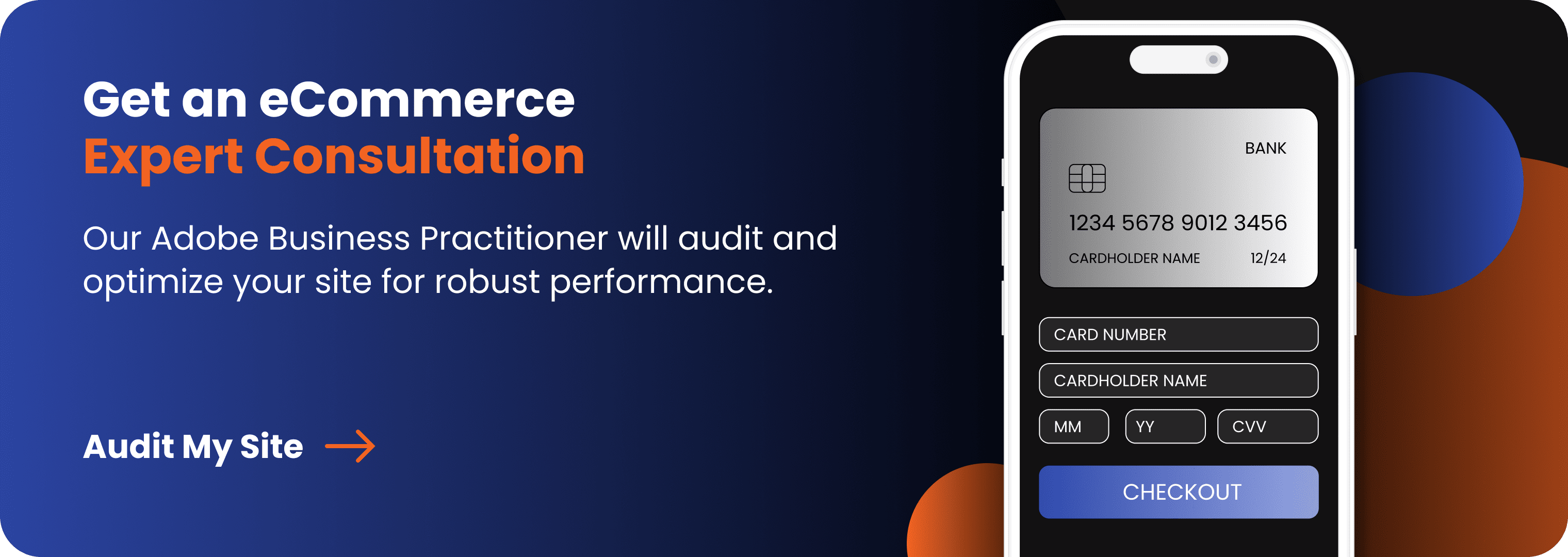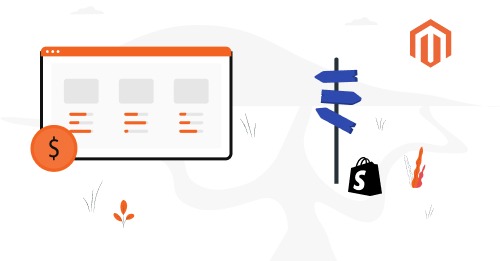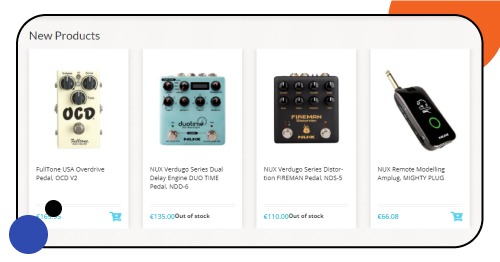As we look back on 2022 eCommerce trends, e-tailers will better know where to focus their efforts in 2025. Among other developments, we’ve witnessed a surge in mobile sales and a shift toward social commerce, which will significantly impact the 2025 eCommerce strategy.
Remember to provide a customer-centric experience when developing your 2025 e-commerce strategy. When in doubt, consider what your buyer would desire.
You will endure the test of time.
Retail never stops.
- eCommerce Trends That Will Shape the Future of Online Shopping
- Mobile Commerce and PWAs
- Powers of Social Commerce in 2025
- Achieving Success With UGC
- Going Headless
- Growth of Subscriptions
- Catch the Wave of Sustainability in eCommerce With Danon Success Story in Green Transformation
- Visual Commerce and Video
- Artificial Intelligence Got More Influence in eCommerce
- Synergy of Augmented Reality and Virtual Reality
- Voice Search
- The Pandemic Popularised a Live Video Shopping
- Keeping In Mind
The pandemic caused significant disruption, particularly in the eCommerce business. In principle, the entire world was obligated to respond to this pandemic collectively, but in actuality, the Coronavirus had a varied impact on companies.
Some mom-and-pop shops thrived due to increased demand, while others struggled to create online shopfronts. Meanwhile, giant corporations responded to the increase in internet buying at varying rates, depending on how robust they were before the pandemic.
New sales strategies are needed to stay ahead of the competition and bring in more clients to close sales. When a client visits your eCommerce site, you want them to stay, explore, and make a purchase. A cutting-edge website that clients find appealing is required to accomplish the task.
What to expect in 2025:
- Emphasise your ideal customer experience.
- Gain the loyalty of your customers.
- Evaluate your consumers according to their worth.
eCommerce Trends That Will Shape the Future of Online Shopping
Mobile commerce revenues are gradually increasing and will reach an all-time high in 2021:
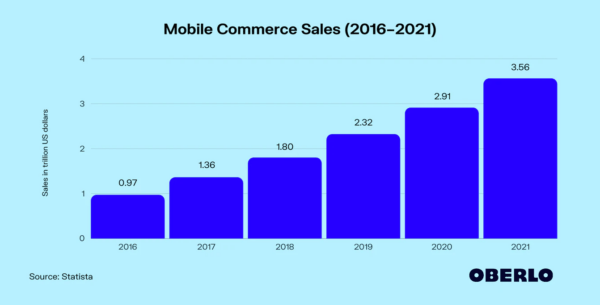
(Source: Oberlo)
Most e-retailers are making sure their storefronts and funnels are mobile-friendly in order to stay up with the expanding mobile eCommerce industry. However, as mobile shopping sales expand, you may want to consider how you may improve your current mobile marketing. Is there anything your company can do to make it more easier for mobile users to shop?
Nevertheless, it is still important to highlight this eCommerce trend, as the number of mobile shoppers is increasing daily. More and more customers want the flexibility to shop wherever they are: on the bus, train or in the office, as well as at home on their computer.
According to the data below, no less than 28% of organizations in North America and Europe are contemplating investing in the deployment of a PWA in 2021. It is expected that these values will rise in 2022.
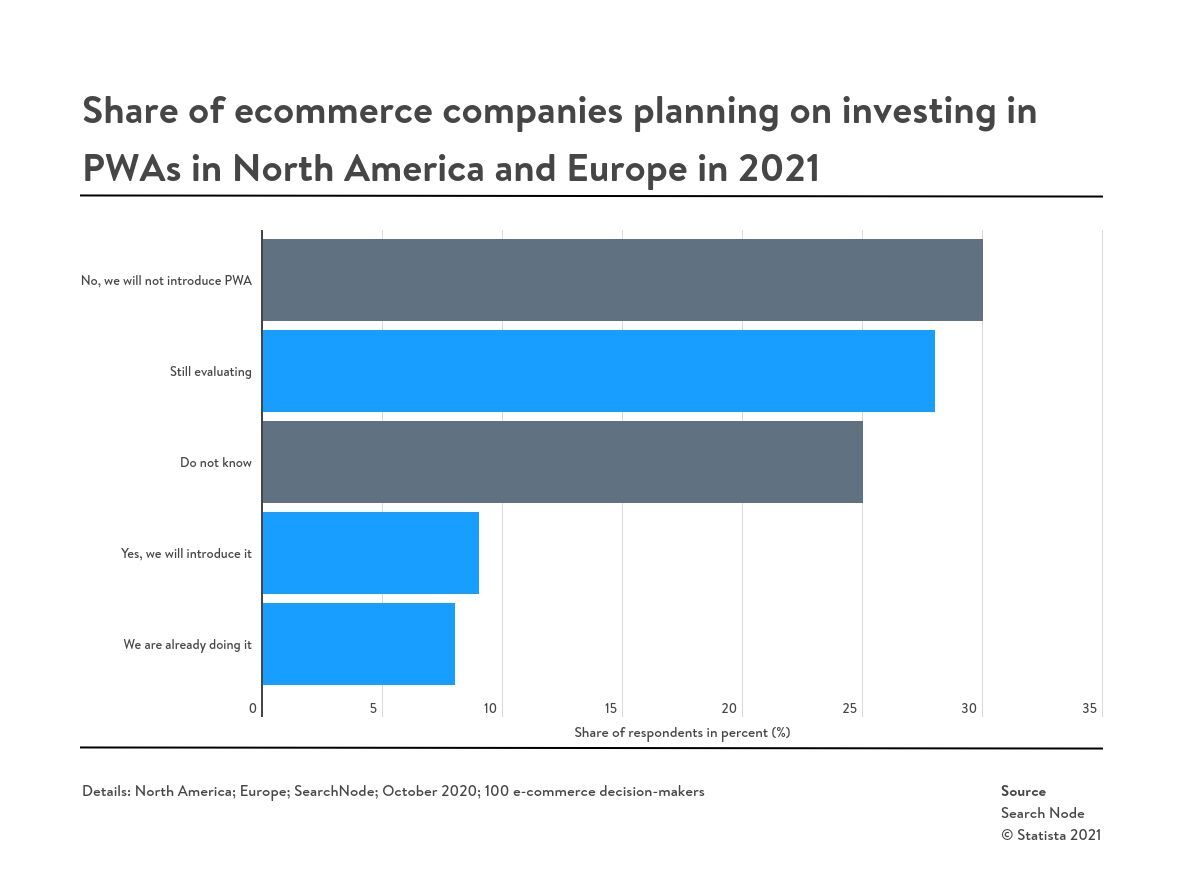
Source: Statista
The PWA trend is also inextricably linked to the previously described headless commerce concept, since it serves as the foundation for PWA technology. A PWA therefore functions as its own frontend, allowing updates to the backend to be done without requiring modifications to the frontend.
Mobile Commerce and PWAs
&nbs
- Customisation: Customisable home screen that lets you dictate how things look and feel for your eCommerce site. You’ll be able to make use of top categories, banners, viewed products, multiple products and more. Modify and position them where and how you want. Everything is easy to alter, so you can really make your own vision a reality. You just use the easy drag and drop option.
- Friendly Interface: The user-friendly interface makes shopping appealing. You can rely on one intuitive font and features like fingerprint login, Facebook, Google, and OTP. You also gear it to use a single screen checkout process, so your shoppers will experience optimum satisfaction.
- Reducing Abandoned Carts: Mobile apps have a low incident of cart abandonment. One of the key reasons why people don’t abandon their carts when using the mobile app is because all of their info is saved via the mobile app. The process is also remarkably easy to complete with just a few simple clicks. The mobile app also lets people use different forms of payment like Apple Pay, Google Pay, or PayPal.
- Enhanced Customer Service: A well-designed mobile app makes it easy to find contact information and reach out for customer service. This is a feature that customers appreciate. You can install a ‘call us’ button that is conveniently located right in the app. Talk about ease of contact!
- Improved Communication: You can even provide live support. In addition, let your customers track each order from the minute that they hit the purchase button until they have it safely delivered by the carrier to their front doorstep.
- Customer Loyalty Program: Everyone likes a customer loyalty program, and with your own mobile app features through Magento, you can spur just such a program. Customers will experience an incentive to spend more by tailoring things like ordering something from the app seven times, so your eighth buy is free. Or rewarding customers when they spend a certain threshold, like $500 or $1000.
- Increased Retention Rates: Without a doubt, the mobile eCommerce trends and hottest features are sure to impress to increase retention rates.
The Hottest PWA Features and Mobile eCommerce Trends
What is a social commerce? And why should your brand care about it?
The technique of selling things directly on social media is known as social commerce.
The complete purchasing experience — from product discovery and research to payment — takes place on a social media platform with social commerce. You could see a pair of lovely strawberry-print clogs in your Instagram feed, tap “shop now,” and make the transaction right there in the app, thanks to social commerce.
Every day, more than 200 Instagram users visit a brand’s page, and 58 per cent of Instagram users get interested in items after seeing them on Instagram Stories. As a result, customers aren’t only utilising social media to remain in touch with pals; they’re also seeking to buy.
This Statista prediction displays expanding worldwide social commerce revenues from 2020 to 2026, assuming a 30.8 per cent annual growth rate through 2026.
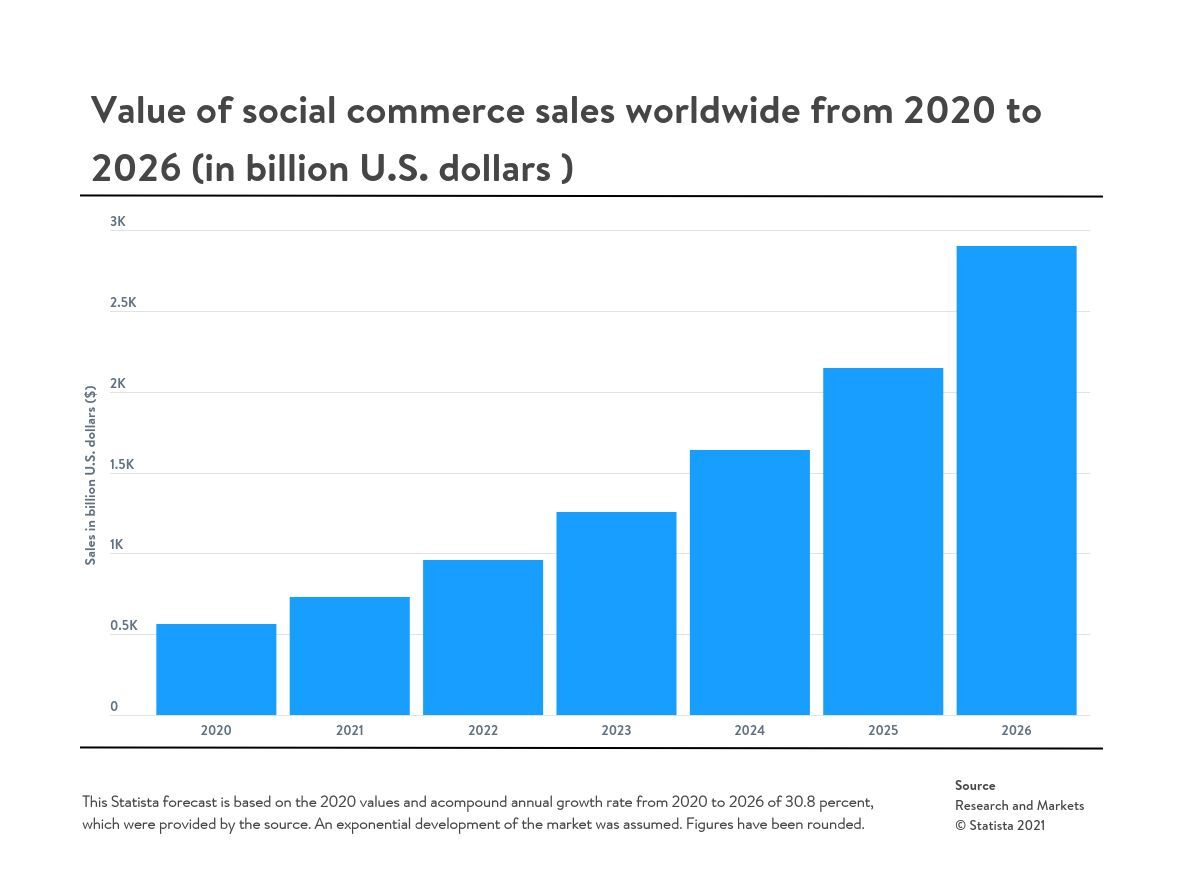
Source: Statista
Marketing and sales via social media will become increasingly more significant in the future years. As a result, this is still one of the top trends in digital commerce — even in 2025.
Powers of Social Commerce in 2025
User-generated content (UGC) is brand-related content that users produce instead of the brand itself. It’s a powerful content marketing strategy, especially with the recent rise in online buying.
UGC videos on TikTok are 22% more successful than brand ones.
Trust is crucial.
Additionally, customers have greater faith in organic user content than branded material regarding eСommerce trust. User-generated content (UGC), such as consumer images, videos, and reviews, thus, provides excellent social proof and increases the legitimacy of firms attempting to sell products online.
UGC may help companies build trust while fostering genuine involvement. It’s no surprise that UGC has made a debut on the 2025 eСommerce landscape, given that those are now the two main components of the eСommerce trends list.
Achieving Success With UGC
B2B brands may divide a website’s front and back end using headless commerce architecture. Thanks to this arrangement, retailers now have greater leeway to create and alter anything they want.
It can be simpler to build and provide unique purchasing experiences, which is one of the reasons firms are deciding to go headless. Headless makes it simpler to reduce your website budget after it’s up and running since you won’t require technical help to update the back end each time you want to make a slight change to the front end.
A typical ecommerce platform would not give B2B sellers as many tools to reach their expanding audience as a headless platform would.
Here are some of the benefits of going headless:
- full customization
- improved page load times
- less demand for IT support
- greater command and quicker scaling
- more rapid time to market
Comparing organizations with and without headless architecture, headless companies (at 54%) are 77% more likely to develop into new channels.
Allbirds, a company that sells eco-friendly clothes, employs a headless architecture to increase functionality and flexibility throughout its website:
Going Headless
When appropriately utilised, subscriptions may keep consumers returning for more, even if switching certain services to a subscription model has irked many users and cost some organisations support.
For many consumers, investing in convenient, hassle-free solutions for regularly accessible materials and goods might be profitable.
The subscription market has only expanded, and according to some forecasts, subscription-based income may reach $120 billion in 2022.
Growth of Subscriptions
The world is changing. The new generations are no longer interested in brands that say they are sustainable but show no transparency or action. In the coming years, and even now, eCommerce sustainability will be the only way to thrive.
Almost 50% of consumers say that the pandemic has made them think about the environment more when making purchases, according to a study by Kearney. Since 2020, the number of consumers who care about sustainability has increased.
You need to take down the curtains and let the customers know what you are doing every step of the way to be a better business. Let them know things like:
- How are you sourcing packaging?
- How do you source materials for products?
- Are your shipping plans carbon-neutral?
- Where do your returned products go?
- Do you have shipping/product options that have the lightest impact?
To get a good example of how to communicate your sustainability, check out Reformation’s product sustainability page and the entire website. It is quite an eye-opener.
Catch the Wave of Sustainability in eCommerce With Danon Success Story in Green Transformation
The need for compelling product presentations only intensifies as the e-commerce industry develops.
Static images of items are no longer sufficient. Customers desire to research products more thoroughly before making a decision. Giving product videos, reviews, and interactive material can increase its online marketability.
Visual Commerce and Video
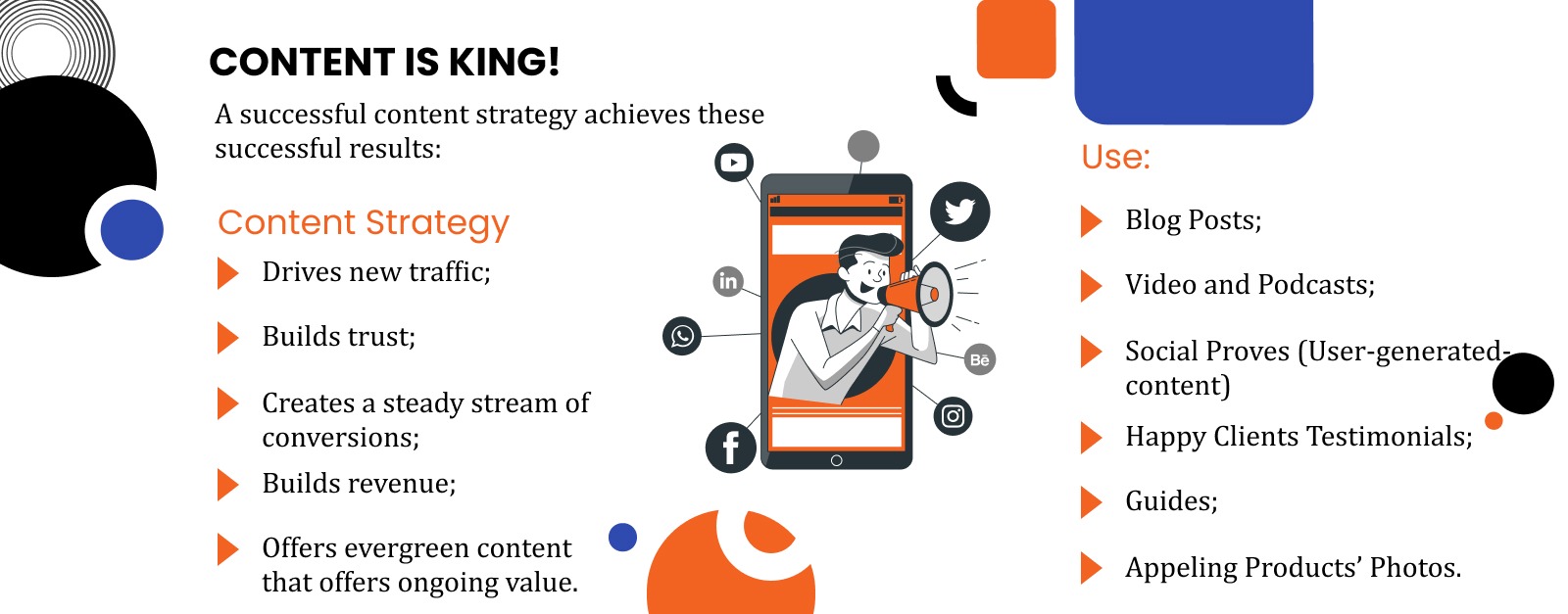
And now, we go back to Danone and why it is the prime example of a sustainability success story. The company says that its model is designed to give value to both the shareholders and society. Currently, it is working to become one of the first multinational certified B Corp.
The company generated sales of €24.7 billion in 2017, showing that a business can indeed bring together sustainability and profits.
Danone uses a strategic plan, prioritising ‘local-first’. The former CEO Emmanuel Faber said that the company keeps its distance from the pyramidal heritage most organisations use. As such, the company listens to all markets to achieve sustained shared thinking and benefit all participants, including the planet.
Danone also boldly invested $11 billion to buy WhiteWave, the leader in organic foods. With a tagline as ambitious as ‘One Planet, One Health,’ the goals of Danone are beyond what most companies are doing.
They represent clear proof of the concept that it is possible to become sustainable and profitable. Faber, in his farewell letter to Danone, said that the company trailed the path of social and climate justice. He called it the only possible road for the market economy, asserting that it will impose itself on capitalism.
Danone’s Success Story
First the whole, you might be interested in what is artificial intelligence.
Artificial intelligence is the science and technology of creating intelligent machines, particularly intelligent computer programs, that can perform creative activities that have historically been considered the domain of humans.
AI (artificial intelligence) might forecast trends and then optimise the logistics required to establish rewards and generate really personalised promotions. The Google Duplex tool is an artificial intelligence-enabled digital assistant that can build grocery lists and even place orders. The Amazon Dash button performs regular transactions by utilising a reordering service. Customer service has become more convenient, efficient, and automated as a result of AI.
Conversational AI can imitate human-like interactions to deliver rapid replies and minimise turnaround time in engagement settings. Furthermore, the approach reduces inaccuracies in consumer complaints. A virtual assistant uses artificial intelligence (AI) to respond rapidly to queries and execute directions. To stay competitive, eCommerce companies must provide 24/7 customer care via AI and chatbox.
AI also enables Customer Relationship Management, or CRM, to collect comprehensive customer data to aid in future forecasting. Analysing a shopper’s previous searches and purchases can improve their buying experience.
Artificial Intelligence Got More Influence in eCommerce
Let’s start with an investigation of what is augmented reality.
Augmented reality (AR) is a technologically augmented representation of the actual world that is created via the use of digital visual components, music, or other sensory stimulation.
The benefits of augmented reality are self-evident:
- Potential purchasers have a much better notion of the item’s look and size.
- Customers connect with the product, which can boost conversion rates.
- This also reduces your return rate because it helps to avoid improper purchases.
- Augmented reality may even be used in live recordings, thanks to cutting-edge technology. This technology is already in use by companies such as Ikea, Amazon, and Mister Spex in their online stores.
Augmented and virtual reality are two additional cutting-edge eCommerce trends for 2025. Shoppers like technology, and augmented reality technology caters to their requirements. The combination of AR and VR unquestionably expands merchants’ reach to new consumers. Virtual product testing with an AR experience will ultimately lead to buyers purchasing the product. Using AR technology to properly build eCommerce systems is another popular eCommerce trend.
Synergy of Augmented Reality and Virtual Reality
Augmented reality uses a computer-generated image to enhance the user’s shopping experience. An example is the Sephora cosmetics brand, which has started to use AR in its mobile app to let customers see what their makeup products look like on them before making a purchase. They can even share with their friends what products they used to create the look when they order the products.
How Does AR Revolutionise Retail?
Virtual reality and eCommerce retail complement each other and provide a real-world experience in a digitally replicated world. VR is becoming exceedingly popular and a crucial part of many integrated marketing strategies. It could create a truly memorable experience for the customer, which finalises sales and spurs loyalty.
How to Offer a Virtual Reality Shopping Experience

More and more people are using smartphone services like Siri and Cortana as well as smart speakers like Amazon Alexa and Google Home to execute chores. According to data gathered by Think with Google, an astounding 72% of smart speaker customers say they use their devices daily.
You may use these speakers to make shopping lists, order supplies and meals, do other housekeeping chores and do online searches.
Businesses should optimise their keywords and content when it comes to voice searches conducted through these devices. Help yourself and be the first to answer if the consumer asks.
Voice Search
Customers were unable to shop at neighbourhood businesses during the lockdowns. As a result, the crisis has emphasized the importance of digital commerce and has accelerated the growth of online stores. Customers who desire personal counsel will be enthralled by the options provided by live video shopping.
What are your options for putting this into action? A shopping adviser or influencer can show things in a live broadcast that your consumers can simply buy on your website using online video shopping. There are alternatives for both big groups and individual product presentations.
This allows for direct client contact and personalized guidance, which can essentially replace purchasing at local stores. This also allows you to attract new clients who had previously shied away from internet buying.
It’s worth noting that this trend originated in Asia and has been immensely popular there. This year, live shopping in China is expected to earn 390 billion euros in revenue.
Live video shopping will be one of the biggest eCommerce trends in the future months in the following industries:
- Furniture
- Lifestyle
- Beauty
- Fashion
The Pandemic Popularised a Live Video Shopping
eCommerce isn’t going away anytime soon. As a result of a world where more individuals purchase from home, the sector grew, even more, this year. Rather than returning to physical stores, buyers now utilize techniques like social commerce, augmented reality, and voice search to engage with online firms on their own terms.
Customers are searching for providers that can deliver seamless, multichannel digital purchasing experiences.
Some key 2022 eCommerce trends to remember as we head into 2025 include:
- Meet your consumers where they like to hang out. Is TikTok a popular hangout spot for your target audience? Maybe they’d rather shop on Instagram? Find out the platforms your target audience utilizes and come up with new methods to connect with them. Negotiating a sponsorship contract with a popular creator, for example, if your target demographic utilizes TikTok, might help you raise brand recognition.
- Personalise not just a little, but a lot. Segment your segments once you’ve segmented your audiences. One of the numerous benefits of big data is that brands are no longer restricted to fundamental segment categories such as age or geography. You may now learn about your clients’ hobbies, what social issues they care about, their purchasing habits, and more.
- Make use of your imagination when it comes to logistics planning. While supply chain interruptions are unavoidable, retailers have choice over how they react. Whether it’s using inventory management software, dispersing your goods, or outsourcing your logistics to a fulfilment partner, audit your fulfilment activities and find places for improvement.
- Improve your ad campaign and review your marketing approach. Although digital advertising has encountered several obstacles over the years, it remains an important part of your eCommerce strategy. You may need to rethink how you track ad expenditure results or ramp up your local advertising efforts, but advertisements aren’t going away.
eCommerce trends help any online store stay ahead of the game, so they are ready to embrace any trends in 2025.
Once you understand how to harness the power of your eCommerce business with eCommerce trends in 2025, our experts can help take your business to the next level. Don’t hesitate to get in touch with us to learn more.
Keeping In Mind
With the right assistance, you can design a website that is visually appealing, simple to use, smoothly takes visitors from one step to the next, and adheres to all accepted business procedures. Among other significant procedures that are sometimes overlooked, website design is how you ensure that all the various screen sizes wanting to view your business may do it flawlessly.
We maximized conversions and consumer traffic for the clients using these platforms for Outsourcing eCommerce website development: Magento 2, WooCommerce, Shopify, and Shopware 6.
This is the core of the project. We shape it to reflect your brand and highlight the greatest features of your shop, whether you select a responsive theme or a user-friendly bespoke design made from scratch. Additionally, we provide you suggestions for features and integrations, resulting in a finished store with a polished appearance and excellent functionality.

